KYIV NATIONAL LINGUISTIC UNIVERSITY презентация
Содержание
- 2. Plan Grammatical Categories of the finite forms of the OE Verb.
- 3. Literature Расторгуева Т.А. История английского языка. – М.: Астрель, 2005. –
- 4. Grammatical Categories of the finite
- 5. The finite forms of the Verb had the categories of Person,
- 6. The category of Tense was represented only by two opposite members
- 7. The majority of verb forms are active in meaning.
- 8. There was no category of Voice in OE.
- 9. There were three moods: Indicative, Imperative and Oblique. There were
- 10. Morphological classification of verbs in OE. Morphological classification of verbs
- 11. 1 2 3 4
- 12. The four basic forms of every strong verb create
- 13. The interchange between [e] and [o] was called qualitative (якісне чергування),
- 14. The question may arise why the so simple system of IE
- 15. Thus strong verbs may be called “ablaut verbs”,
- 16. The strong verbs in OE are divided into 7 classes acc.
- 17. Some forms of verbs belonging to different classes, if they had
- 18. Weak verbs. Whereas strong verbs used ablaut (vowel interchange) as a
- 19. OE weak verbs are subdivided into 3 classes depending on
- 20. The verbs of Class I could be regular and irregular.
- 21. The verbs of Class II had the suffix –oja
- 22. The verbs of Class III had the suffix -ai-, which is
- 23. Preterite-Present Verbs Preterite-Present Verbs These verbs are
- 24. The past (preterite) of these verbs became present, and they got
- 25. Preterite-present verbs combine the qualities of the strong verbs as well
- 26. Anomalous verbs. There are four verbs in OE which are sometimes
- 28. Conjugation of Verbs Conjugation of Verbs The verb conjugation
- 31. Non-finite forms of the verb In OE there were 2
- 32. THE PARTICIPLE was a kind of verbal adjective which was characterized
- 33. The forms of the two participles were strictly differentiated. Participle I
- 34. THANK YOU FOR YOUR ATTENTION!
- 35. Скачать презентацию
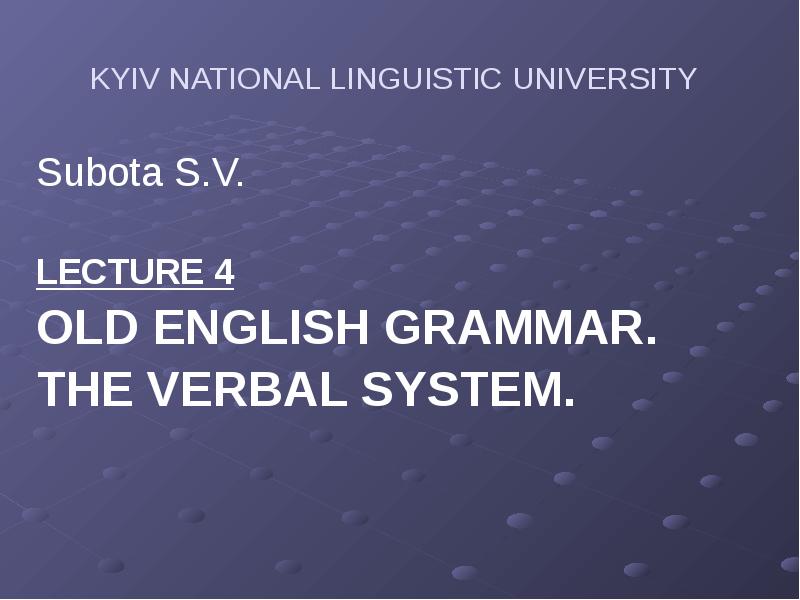








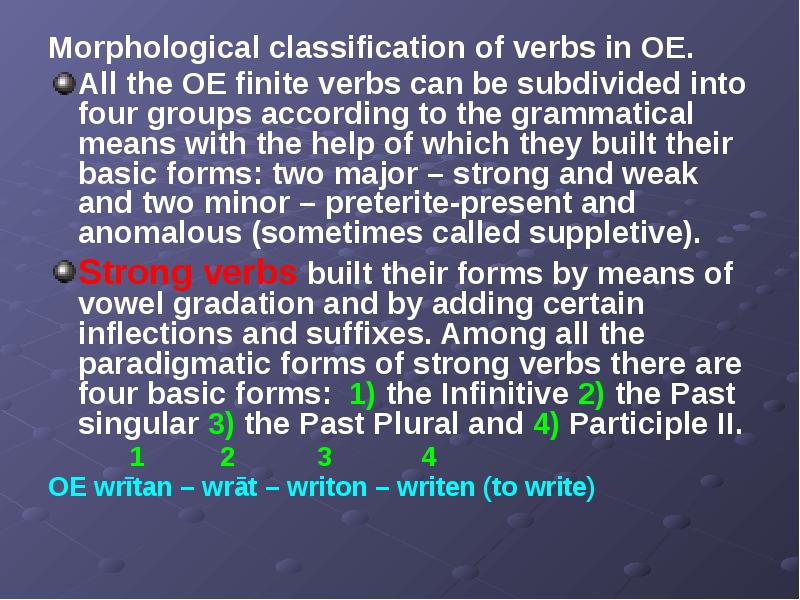


![The interchange between [e] and [o] was called qualitative (якісне чергування), The interchange between [e] and [o] was called qualitative (якісне чергування),](/documents_7/cfd1c331bada281ef5177c70beacf318/img12.jpg)



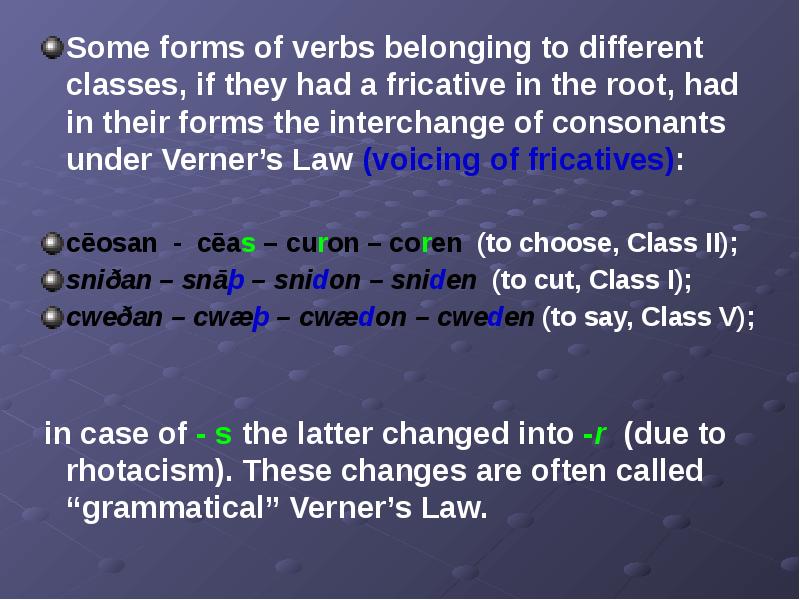
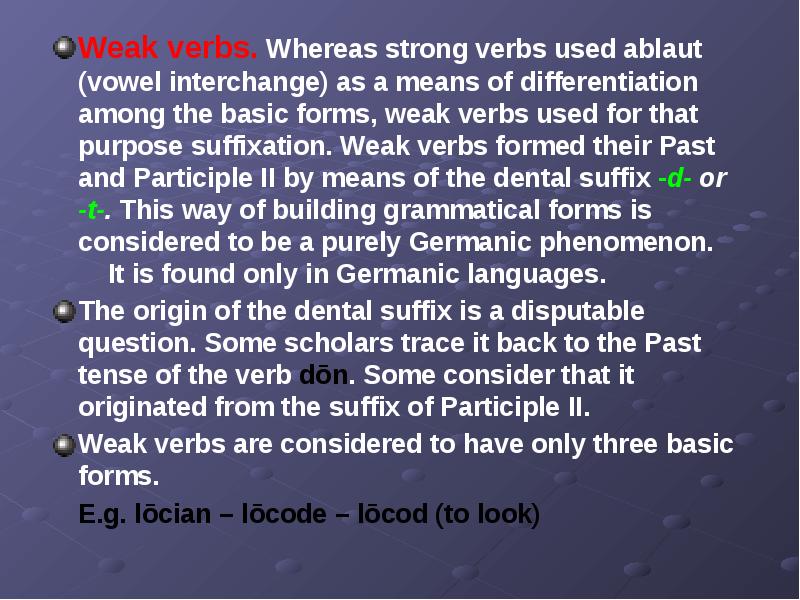
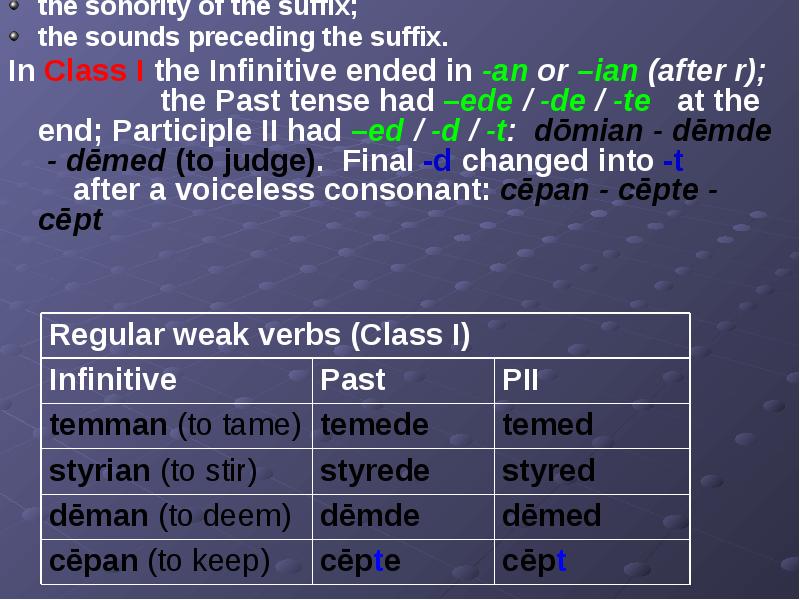
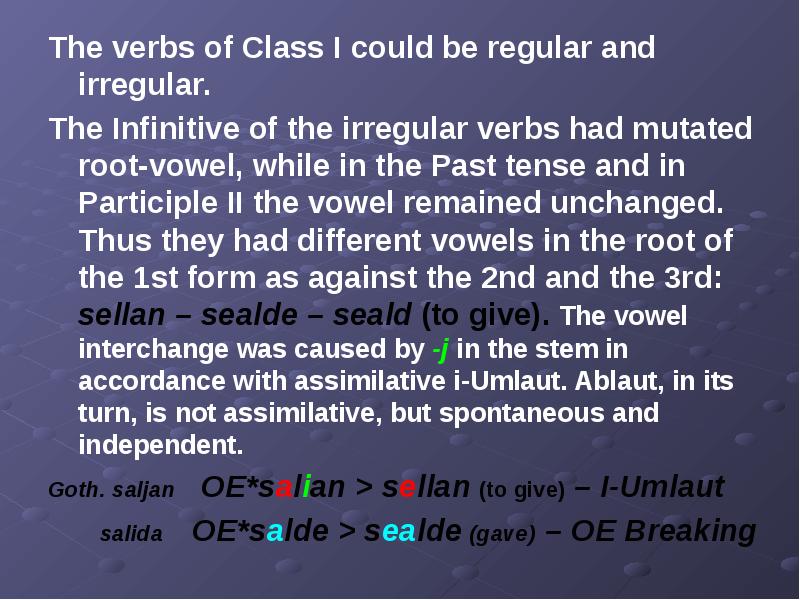
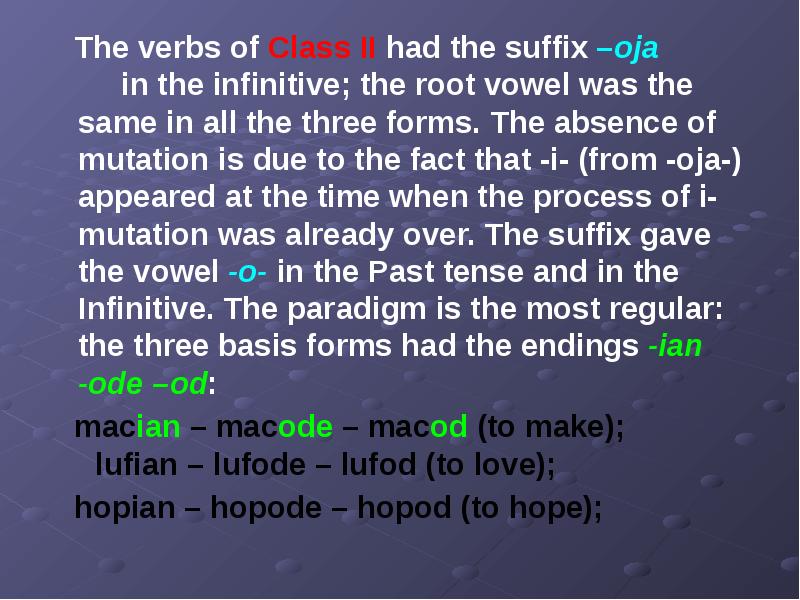
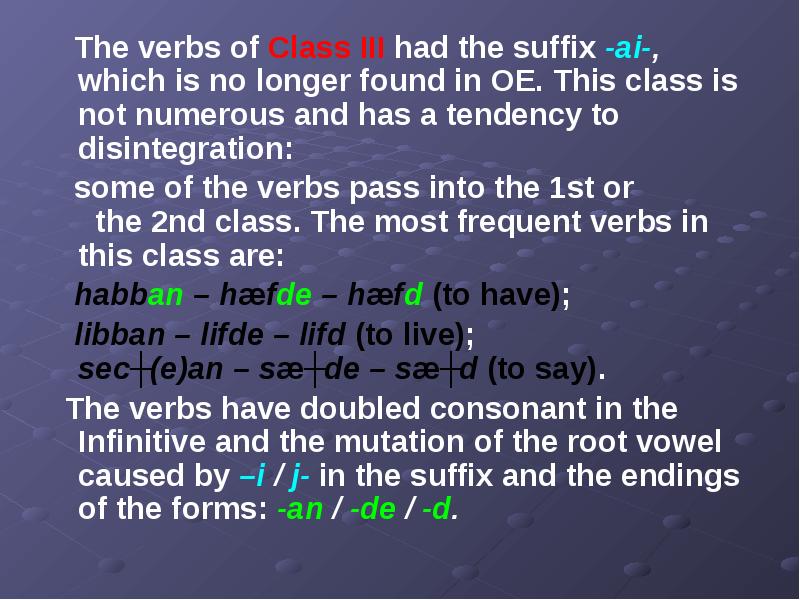
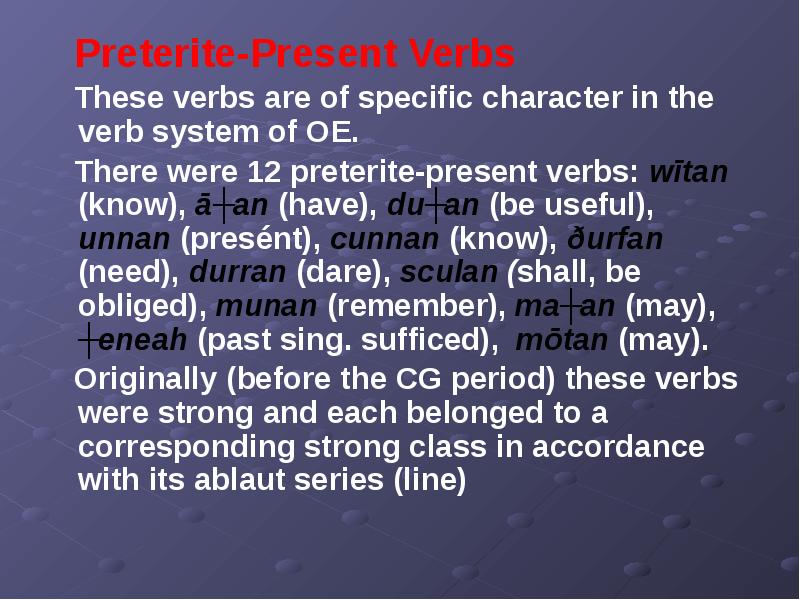
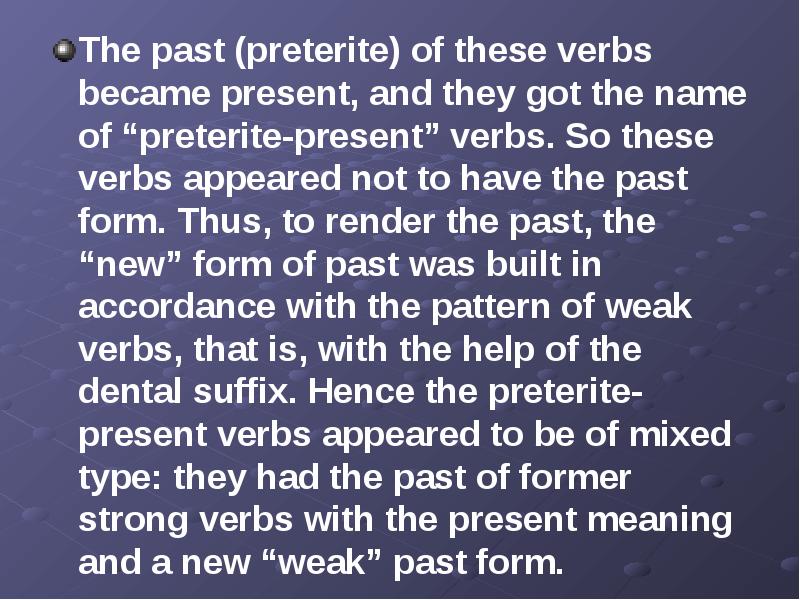
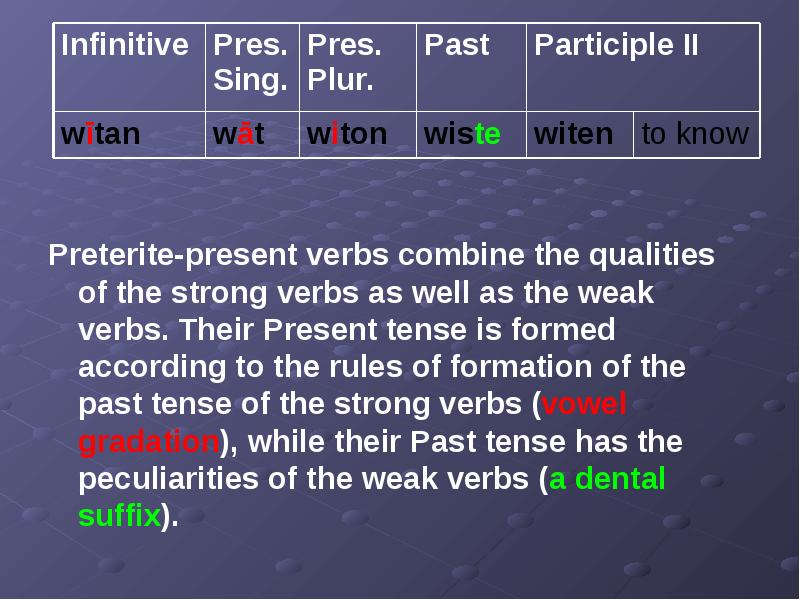
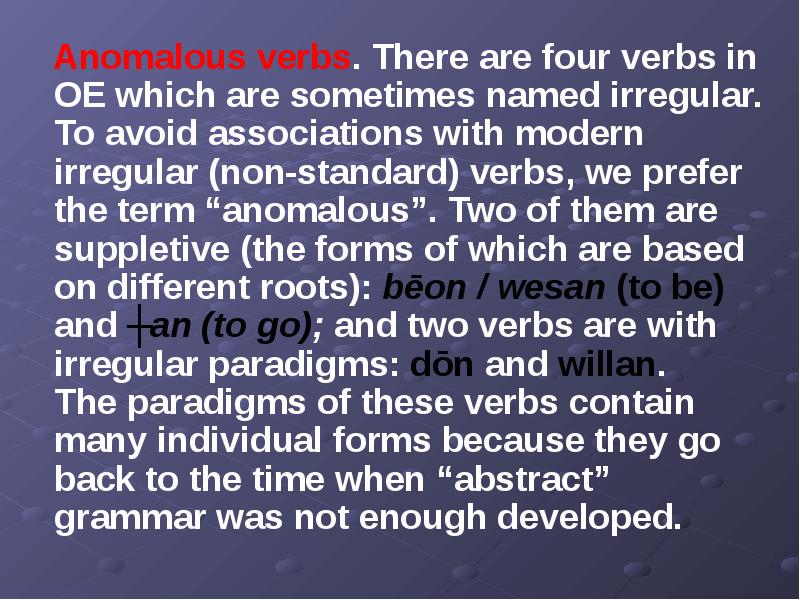
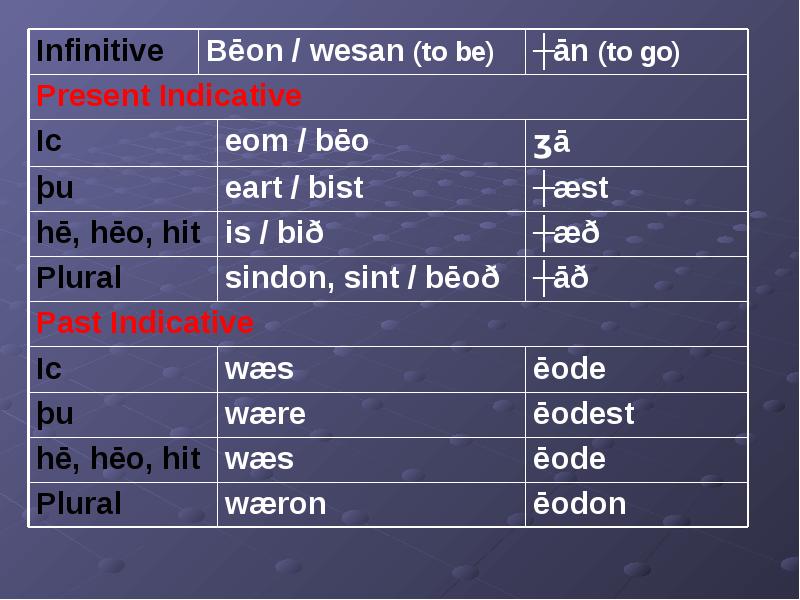
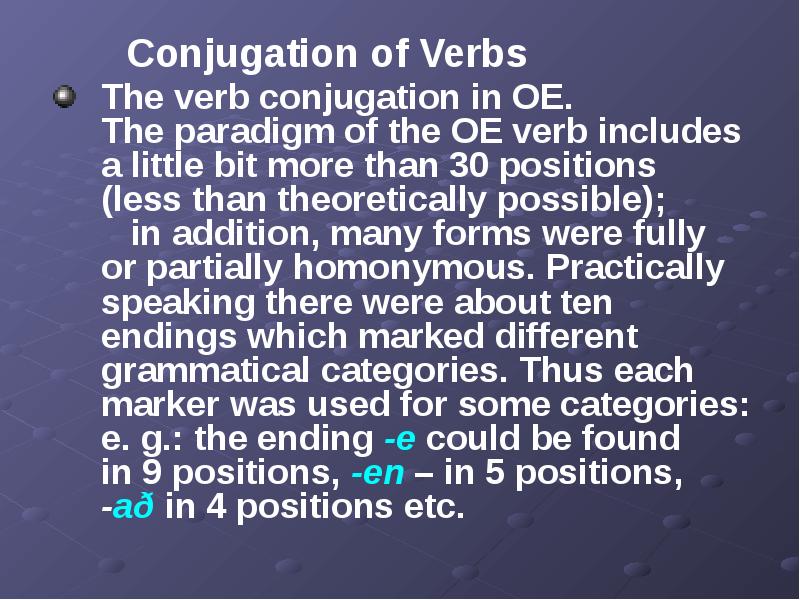
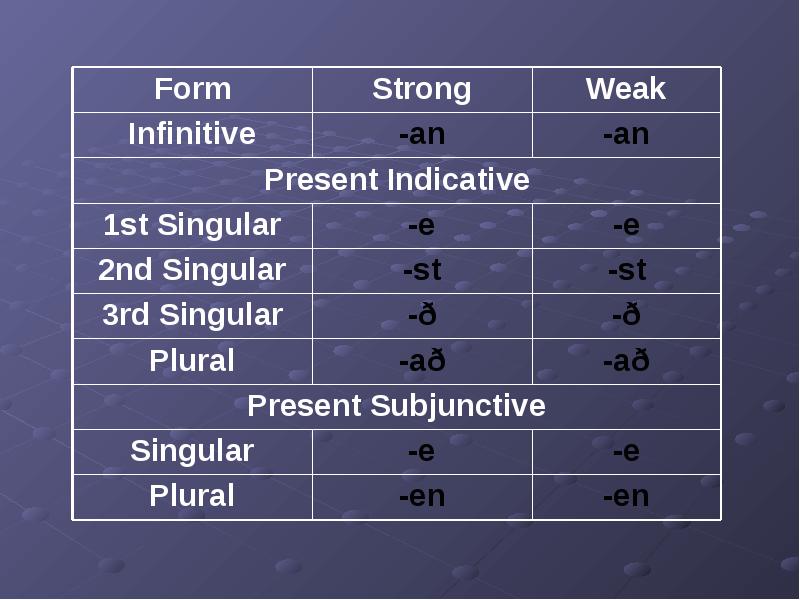
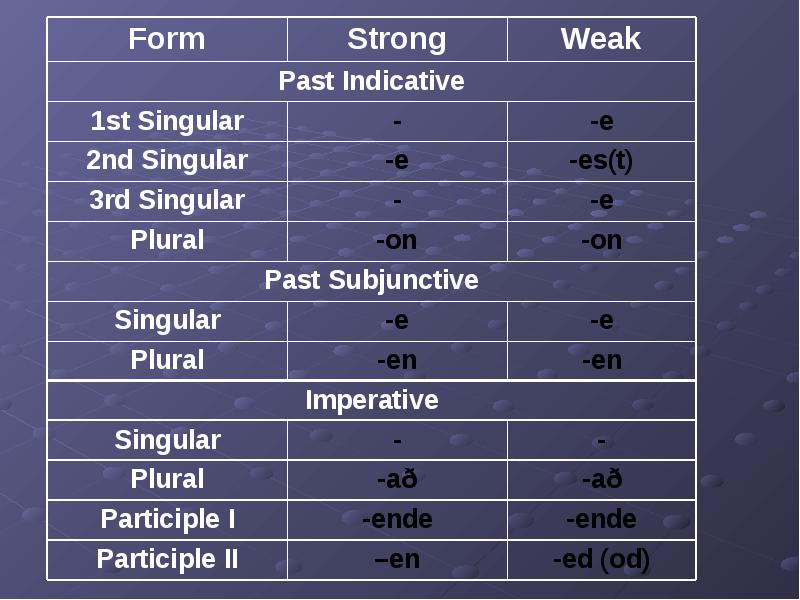
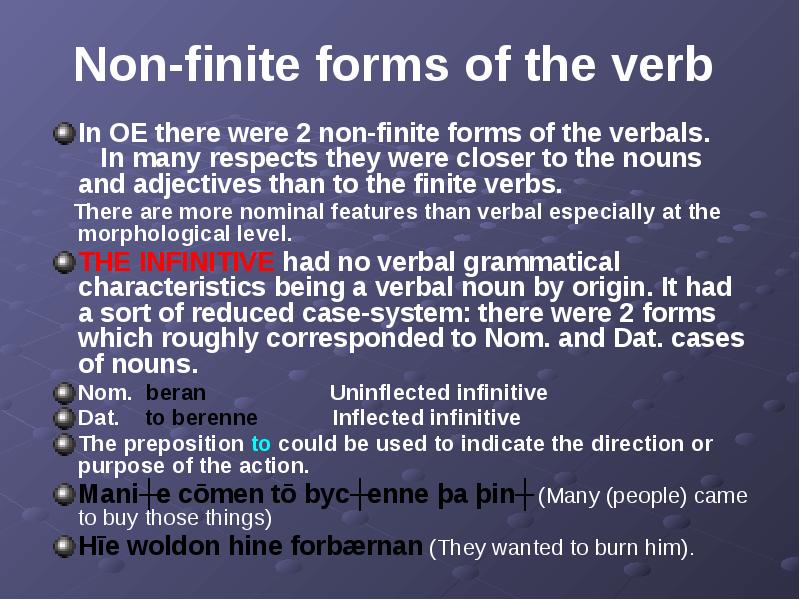
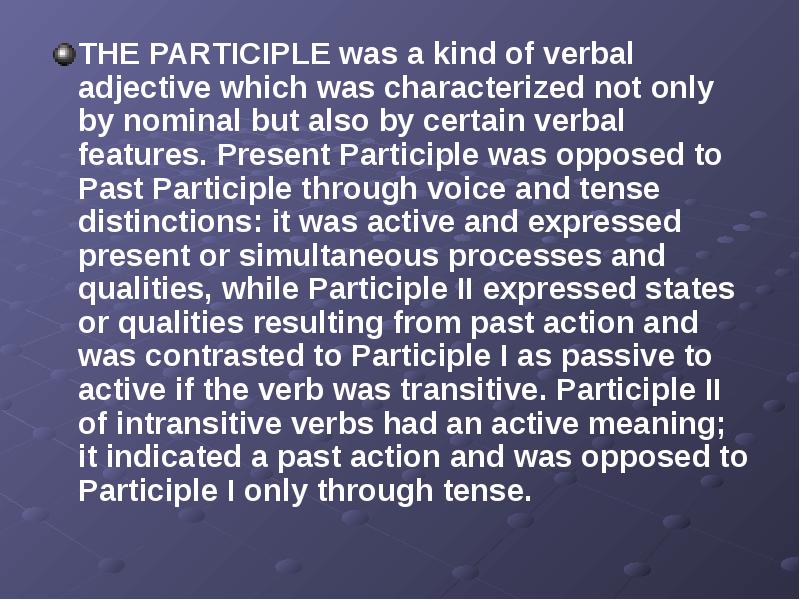
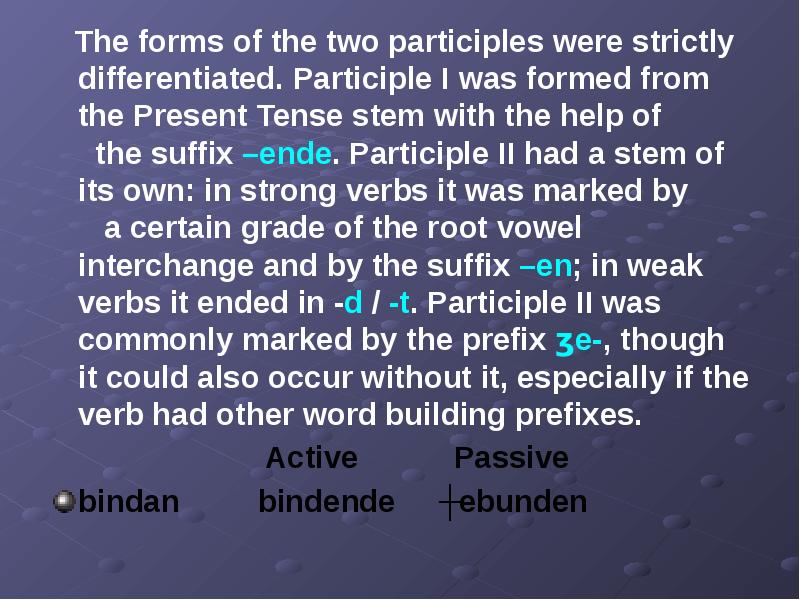

Слайды и текст этой презентации
Скачать презентацию на тему KYIV NATIONAL LINGUISTIC UNIVERSITY можно ниже:
Похожие презентации





























